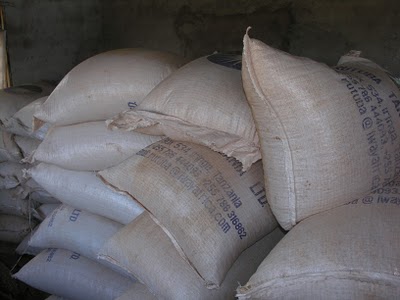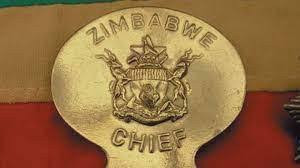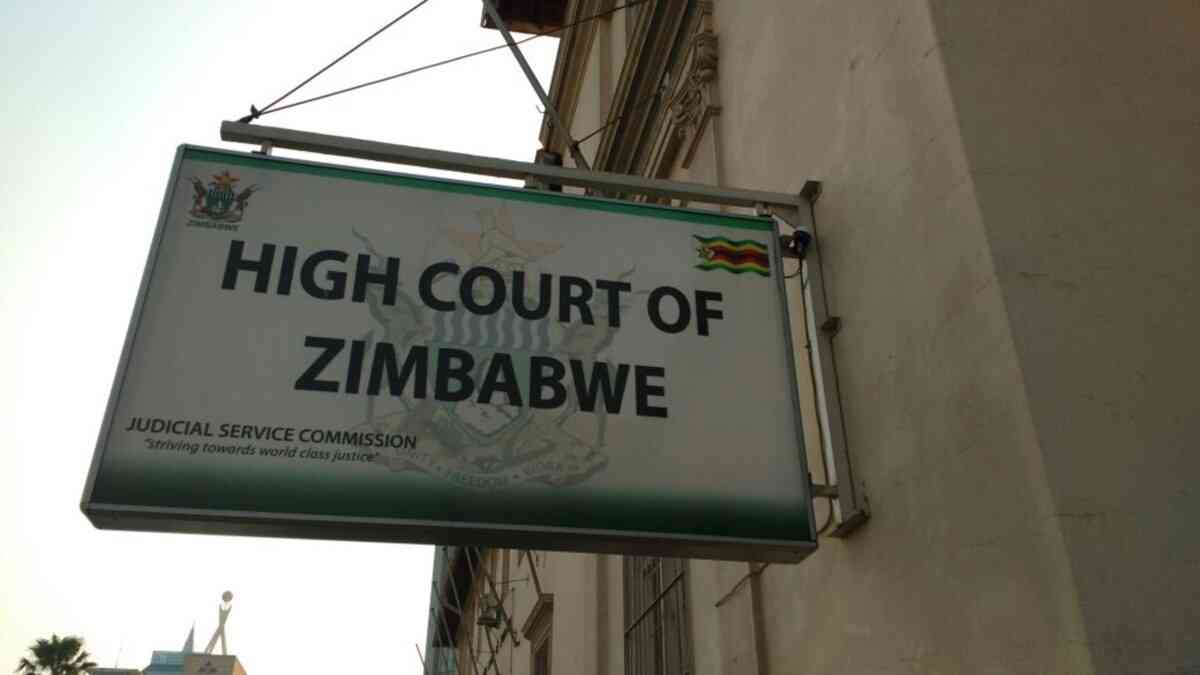
A SEVERE drought is causing increasing hunger across Insiza district in Matabeleland South affecting thousands of villagers.
SILAS NKALA STAFF REPORTER
In Silalabuhwa, one of the worst-affected areas in the district, hundreds of villagers and their livestock are hungry, with nearly three quarters of the locals considered highly-food insecure because of the loss of livestock and crops.
Almost all the people in Silalabuhwa require food aid as the area has been badly affected by the failed rains.
Life is not easy for the villagers under Chief Sibasa as most of them struggle just to have a single meal per day.
The area, which falls under Zanu PF MP Malaki Nkomo’s constituency of Insiza South, has barren fields.
Chief Sibasa told Southern Eye during a visit to the area that his subjects were starving and appealed to the government to consider promptly introducing programmes to save villagers from looming disaster.
The Grain Marketing Board (GMB) is currently distributing maize in the village under the presidential grain loan scheme.
- Chamisa under fire over US$120K donation
- Mavhunga puts DeMbare into Chibuku quarterfinals
- Pension funds bet on Cabora Bassa oilfields
- Councils defy govt fire tender directive
Keep Reading
“There is serious hunger here,” Sibasa said.
“The grain loan scheme only brings us 600 bags of maize for 10 villages in my area and that is not enough to carter for all the people.
“My area consists of two wards which are Ward three and Ward 11. Ward three has four villages and Ward 11 has six villages.
“This means that when maize comes, we have to share according to kraal heads’ numbers of people. There are 58 kraal heads under me,” he added.
Chief Sibasa said it meant that out of the 600 bags of maize delivered, they have to divide the number of bags by the number of kraal heads and enable them to distribute the maize to their people.
“The villagers rotate in accessing the maize. That means when others get some this month, next month they would let another group get the maize,” the chief said.
“The maize we are getting is not enough and I am appealing to the government to at least increase the number of bags so that many people would benefit.”
A villager from Zenzele area, Ntombiyolwandle Moyo, said getting even a single decent meal was hard for her family.
“We have no food here because our crops failed,” Moyo said.
“We last harvested in 2007 and as we speak we eat only one meal in the evening only.” she added.
She appealed to donors such as World Vision to come to their aid.World Vision is the only non-governmental organisation serving the community through a food for work programme, but could not enroll all villagers.
“World Vision engages only three villagers from each kraal head and compared to the number of people in need of assistance,” Moyo said.
Another villager, Dliki TomasSibanda, said fields were no longer productive because of the perennial drought.
“If we end this year without people dying of hunger, we will be lucky,” Sibanda said.
“We hear that only Ekusileni Mission School is giving children porridge, but otherwise at our homes there is serious starvation and we are pleading for government and donor intervention,” he said.
Most aid agencies have cut back on assistance programmes due to austerity measures in traditional donor countries.
The United States government has reportedly through the US Agency for International Development office of Food for Peace provided an additional $10 million to the United Nations World Food Programme (WFP) to support humanitarian food needs in Zimbabwe during the period covering this month up to March 2014.
WFP will use this money to purchase cereals, pulses and oil, as well as to provide direct cash transfers to beneficiaries where food is available in local markets.










